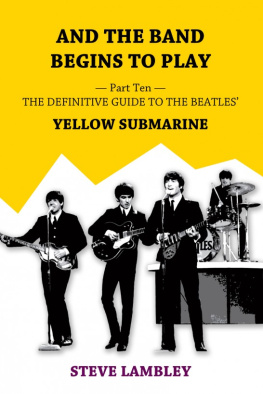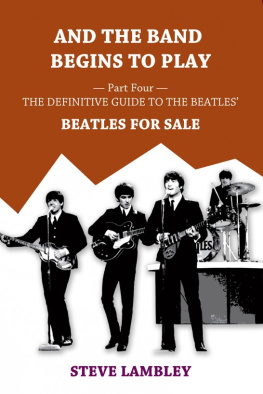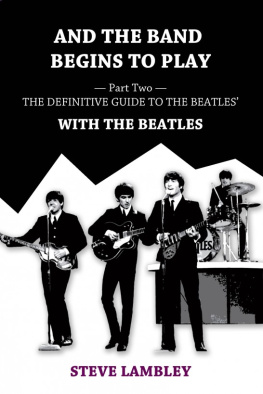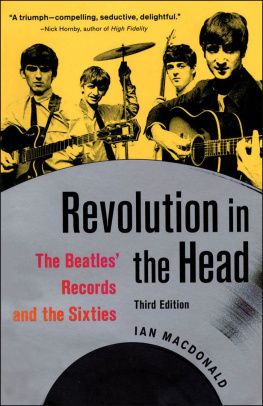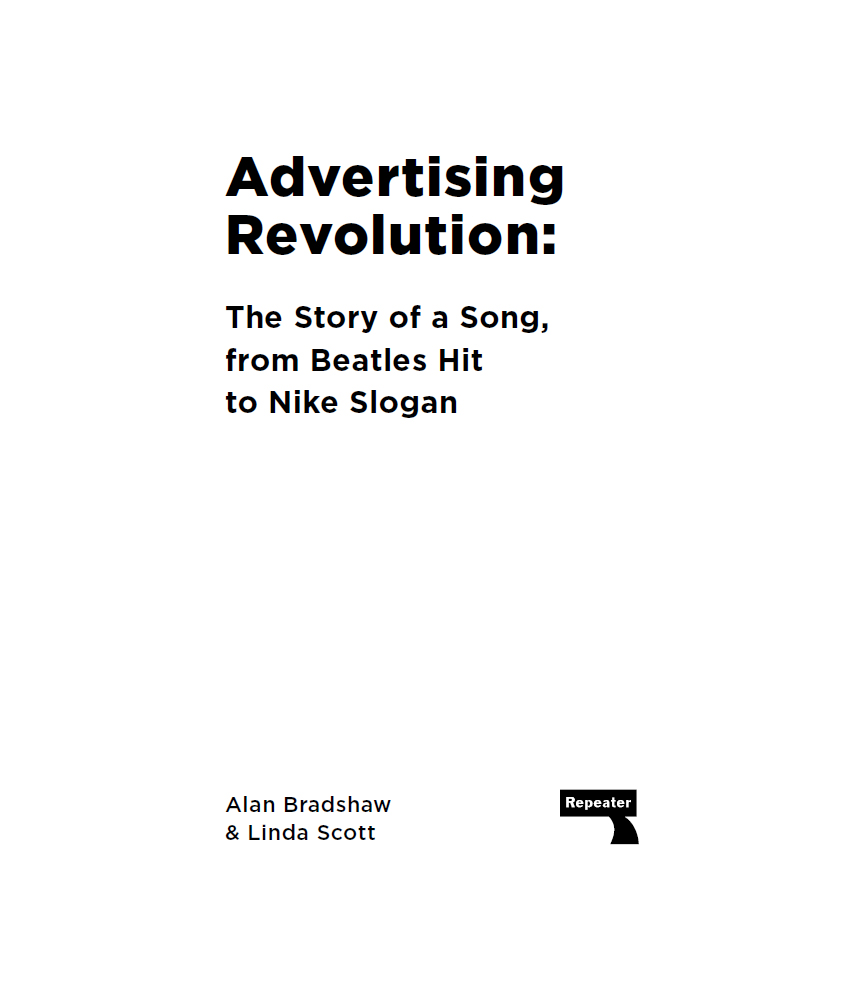Advertising
Revolution
Dedicated to Harry
Contents
Introduction
Your only motive is to make more money for your greedy selves, and in the process you seemingly could not care less that you have trampled and befouled the precious memories of millions and millions of people throughout the entire world. Your kind makes me puke; you low, vacuous, malodorous perverts.
Consumer Letter, Mr Mileski to Nike, 1987
When Donald Trump took the podium in February 2016 to cheering crowds, having just won the milestone first primary election in New Hampshire, the Beatles Revolution was the song that marked his victory. How did we get to this surreal moment, in which a song about revolution by John Lennon a musician whose radical left activism in the USA was of such concern to the state that the FBI were determined to deport him came to be used in Trumps extraordinary right-wing campaign?
Written in response to the May 1968 uprising in Paris, during which streets were barricaded, factories and civic buildings occupied, and millions of workers on strike, Lennons message originally prompted outrage within leftist circles and has been listed by National Review as one of the great conservative rock songs. Yet in 1987, when the song that includes the lyrics, if you go carrying pictures of Chairman Mao, You aint gonna make it with anyone anyhow, featured in an advertisement for Nike shoes, the advertisement was treated by many leftists as a betrayal of their heritage. Revolution is claimed by the left and right alike, and there is a long history of contestation over who has the right to identify with the song.
A parallel example is presented by Bruce Springsteens rock anthem Born in the USA, which was included in Ronald Reagans presidential campaign, much to Springsteens bemusement. As Springsteen recounts:
Born in the USA remains one of my greatest and most misunderstood pieces of music. The combination of its down blues verses and its up declarative choruses, its demand for the right of a critical patriotic voice along with pride of birth, was too seemingly conflicting (or just a bother!) for some of its more carefree, less discerning listeners. This, my friend, is the way the pop political ball can often bounce.
As this book demonstrates, Revolution is a song in fact, a series of songs riddled with similar contradictory components and ambiguities. This is a study, then, of how a rock song can be understood in very different ways, and how that diversity of understanding becomes absorbed into political contestation: of how the pop political ball bounces into unexpected places. As Springsteen put it: Records are often auditory Rorschach tests; we hear what we want to hear. Arguably, the Beatles Revolution and the subsequent Nike advert present us with the biggest auditory Rorschach test of all, with extraordinary consequences.
We will show that these diverse ways of understanding the song, rather than representing an obscure footnote to the songs fascinating history, were significant in marketing and consumer culture history, and constituted a decisive moment for how Nike came to be regarded as not just at the vanguard of a cultural economy of signs, but also one of the bad apples of corporate culture, routinely singled out for critical attention. By exploring the history of the songs ambiguity, and following this ambiguity into the Nike ads production and cultural impact, a surprisingly rich story emerges.
The Nike campaign was credited with a dramatic turnaround in Nike sales. At the same time, it introduced the public to the ethos that would quickly transform the brand into a global giant, propelling the small Oregon agency that produced it into the stratosphere of advertising fame. While popular songs are prevalent in todays ads, the Nike ad was the first time the original recording of a rock classic was used in a major advertisement. In the world of advertising, the ad is still regarded as having pushed the boundaries of convention. As one contemporary advertiser put it, when I saw that spot run on my parents console TV, I knew what I wanted to do. I wanted to create ads that werent ads.
The use of Revolution also provoked a furious controversy; alienated sections of Nikes potential market; resulted in the only lawsuit the Beatles ever filed against an advertiser; and, in the view of many, established Nike as the cynical multinational that soon foisted American culture upon the rest of the planet, exploited labourers in developing countries, and compelled poor children to kill for their overpriced, over-engineered shoes.
The debate that began in 1987 still rages across internet forums. For example, in a YouTube exchange, we see some excoriate Nike for using Revolution to sell trainers, an action seen as inconsistent with Lennons legacy. Others emphasise the anti-revolutionary lyrics and the Beatles own commercial exploits. One user ends the discussion by remarking that the Nike ads still represent a cultural event. 20 years on and people are still bitching about it! The ambiguity regarding John Lennons intention in relation to revolutionary politics, including his attitude towards commerce, splits the response to Nikes spot even now.
We will argue that this extreme polarisation results, above all, from reductive understandings of intentionality. One of our objectives in writing this book is to argue that if we are to understand advertising in terms of culture and politics, as we should, then we must avoid imagining a mythical monolith called advertisers. Behind this term are brand managers, account executives, sales managers, copywriters, art directors, television producers, actors, musicians, set designers, casting chiefs, distributors, and multiple others who struggle over the competing objectives, strategies, and designs that clash, mesh, and crystallise into a final campaign. In place of what is often a dense thicket of personal, political, economic, and aesthetic ends, it is simply too reductive to assume that advertising exists for a single goal: to sell stuff. We want to present a history of an advertisement that takes into account the collective work of diverse participants, each of whom brings an often deeply different intention. Our argument is that assessing these intentions, either real or inferred, is central to the formation of the public response.
We revisit advertising in a way that insists upon its aesthetic nature and its collaborative structure, as a genre that should be understood using concepts from the arts as well as the sciences. Rather than accept that an advertisements meaning will be precisely determined and encoded during its production, and then decoded by the public in a way that can be accurately predicted, this story explores the unpredictability of what happens when advertising texts containing unstable cultural content are released into the social fabric.emerges that is very different from landmark critical analyses by authors like Judith Williamson and Jean Kilbourne, who seem to imagine advertisements as finished and stable texts whose singular meaning can be declaratively analysed, and advertising production as a perfected science always capable of creating the desired result. This is a story, in other words, of texts that get out of control.
Within anthropological studies of commodities, there is a tradition in which scholars follow the thing,
Proceeding in this way allows us, we believe, to develop a much broader appreciation of advertising as a major force of cultural politics and, we hope, to tell a fascinating story along the way.
Chapter One
Intentionality
By definition, advertising frames messages with attributions of an intention to sell. Before turning to the song and the advertisement, we want to address what this notion of intention really means, how it can be applied to cultural criticism, and why we believe it is an important concept for understanding advertisements and their cultural effects.
Next page
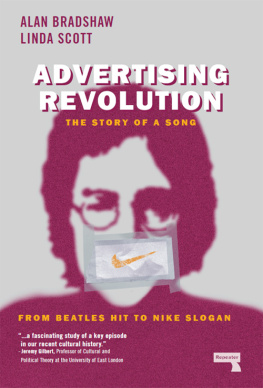

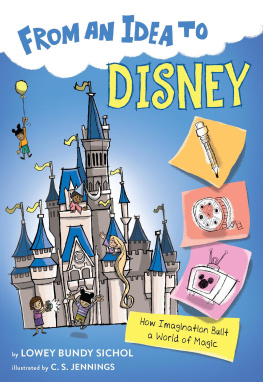
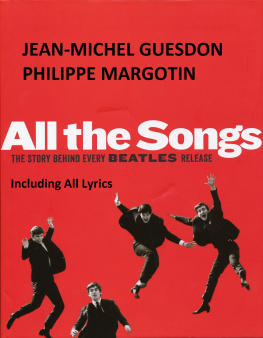

![Lambley - And the Band Begins to Play: [Part1 The Definitive Guide to the Beatles Please Please Me]](/uploads/posts/book/213741/thumbs/lambley-and-the-band-begins-to-play-part1-the.jpg)
